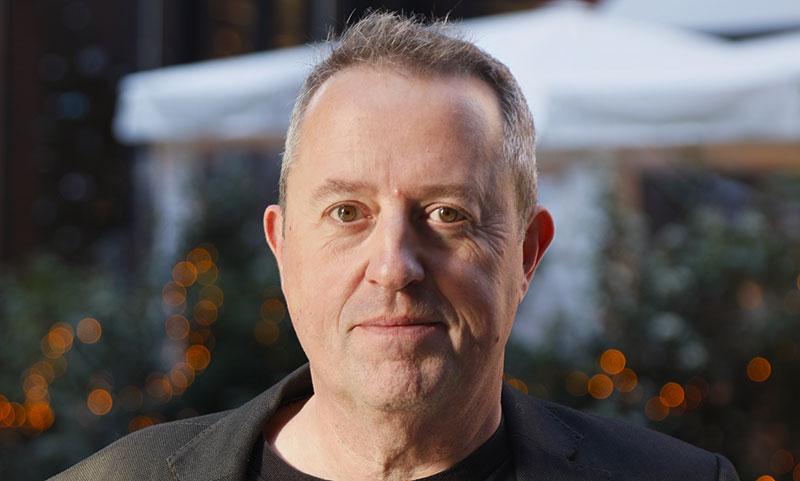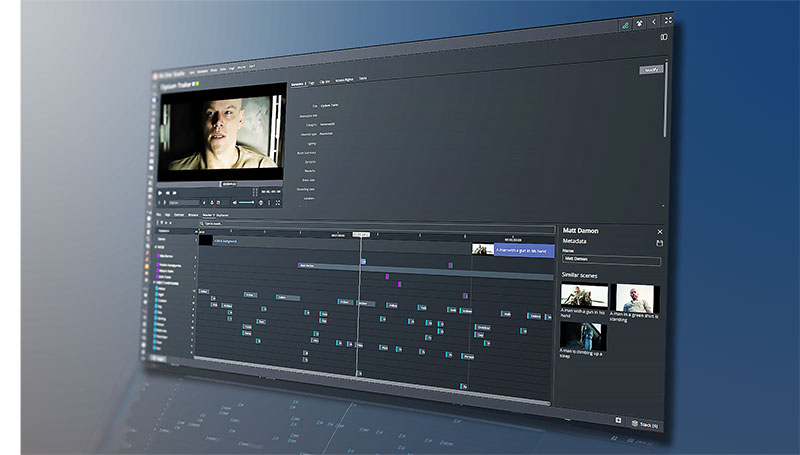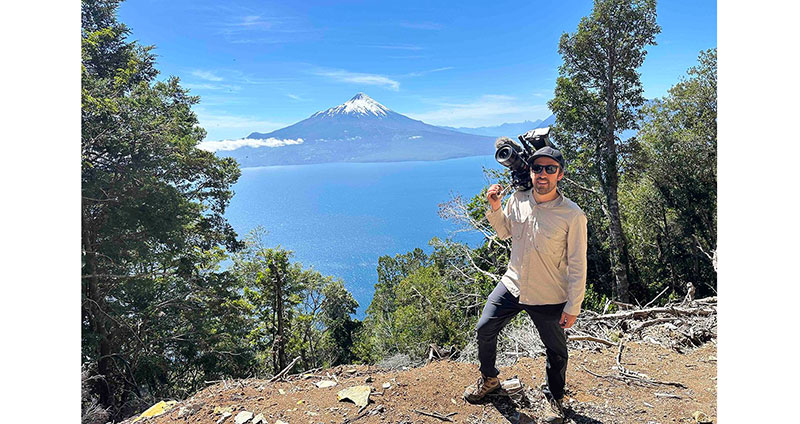Colourist Toby Tomkins and cinematographer Benedict Spence talk about creating the look for TV series ‘Eric’, shooting on ALEXA 35 and grading in Baselight, to help convey time and place.
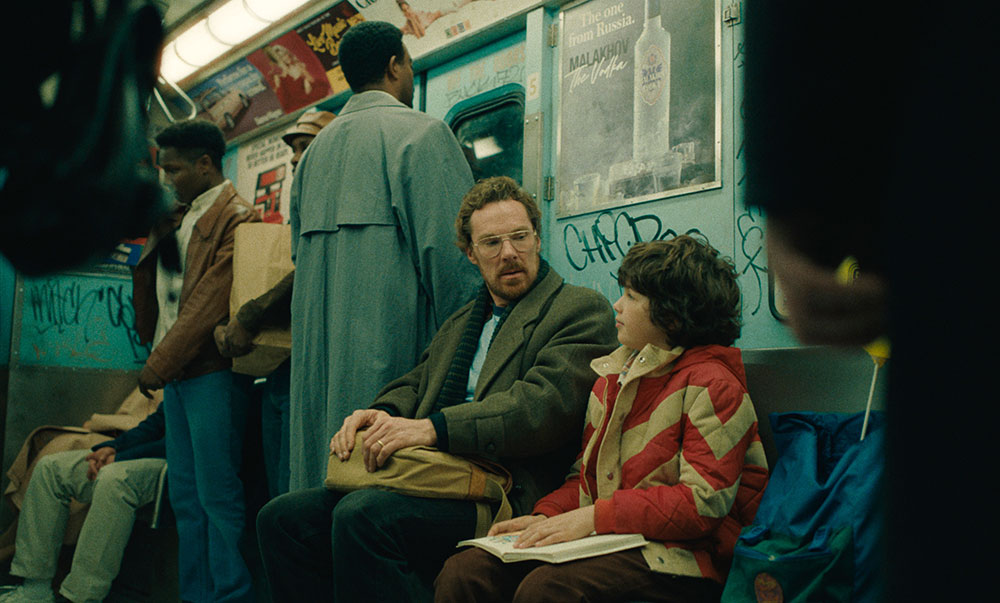
Netflix drama series Eric has attracted attention from audiences and critics for its moving story and characters. But it has also been recognised for its cinematography, shot by cinematographer Benedict Spence, and for its colour grade, carried out by senior colourist Toby Tomkins. Toby is the founder of CHEAT post facility that was acquired in 2023 by Harbor Picture Company in the UK.
The series concerns Vincent, a puppeteer whose son son Edgar goes missing, leaving his father’s life and mental state in turmoil. As the story unfolds, Vincent is consoled through his friendship with Eric, a 7ft monster that lives under Edgar's bed.
Toby learned about the project from the DoP Benedict Spence, a cinematographer he had worked with before, and felt drawn to the story. “The brief was a dream come true for me,” he said. “It was great to be involved in discussions from the beginning and I was able to work with Benedict, the director Lucy Forbes and the show producer to build a show LUT before filming got underway.”
Screen Test
Two ARRI ALEXA 35s were chosen for the shoot, and although Benedict was experienced enough with ALEXAs to decide on the model without spending a lot of time testing cameras and lenses, he felt it was important to perform a screen test.
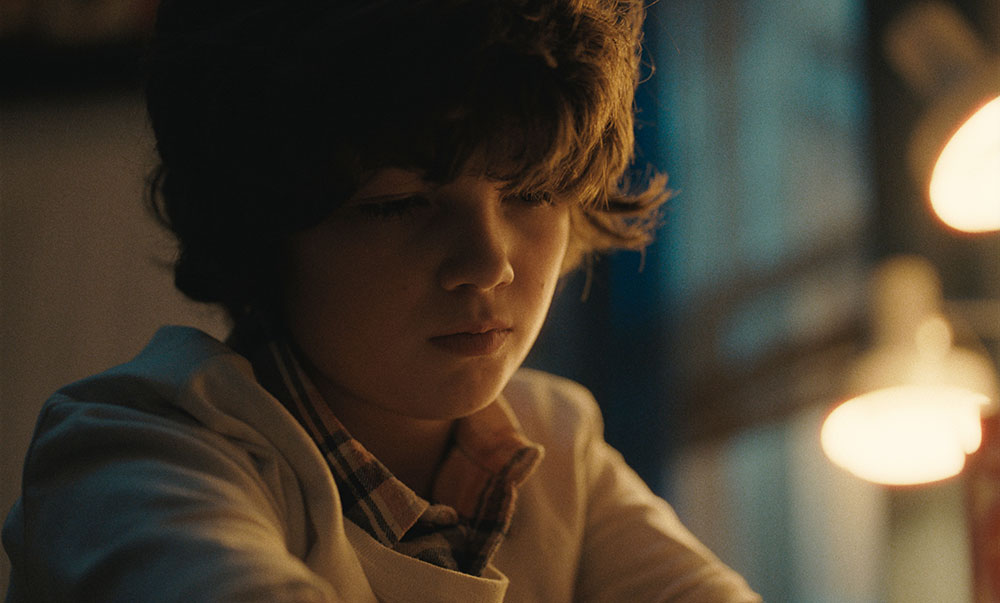
“It’s something I do religiously and find it’s a great way to get to meet everybody and create some confidence and excitement,” he said. “We organised a perfect lighting setup, shot all our key cast and passed the footage to Toby Tomkins, who gave it an ideal look. Then we showed this footage – with the cast, sets, costumes and look – to everybody. Doing this the week before the shoot eased the production’s last-minute nerves and deflated that bubble of stress. Suddenly, everyone felt enthused.
“It also meant that Toby had some actual footage to work with and start playing with colour and grain, which the team can see and get involved with before we shoot. It is always worth doing.”
Discovering the Look
For Toby, who worked on a Baselight grading system, the test shoot also supported the LUT process. “Having test footage means I can create something bold and strong because I know it will work for the scenarios of the show,” he said. “It means I can get closer to the look, sooner. Furthermore, look development is one of my favourite parts of the job. It’s great to get beautifully lit screen tests and have time to explore. It makes finishing a lot smoother.
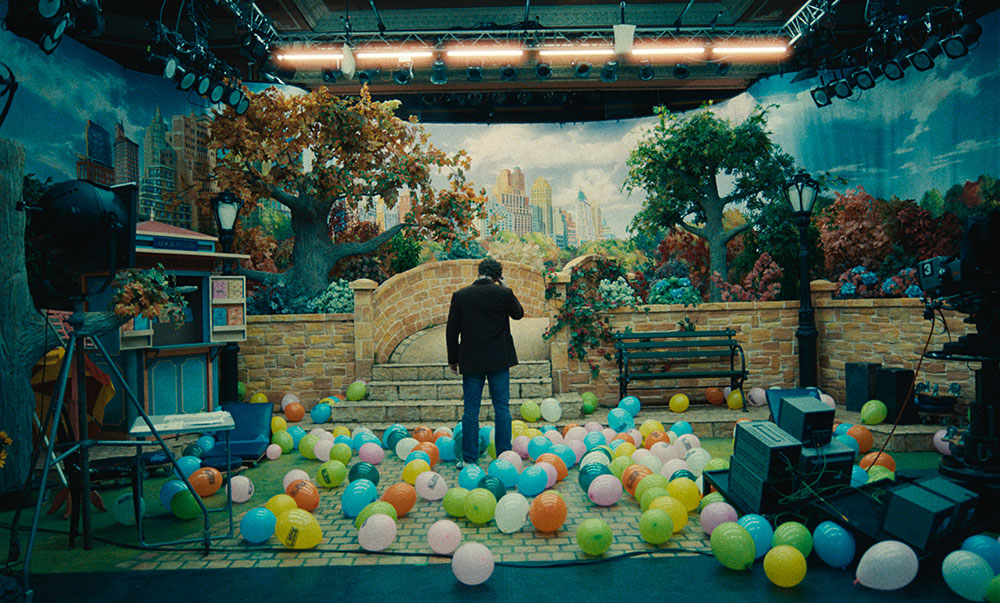
“I love building the look, dialing the halation and finding those moments of discovery. You repeat this experience a little bit per scene when you get to the DI, but finding the look and creating a world is really rewarding – you usually know when you’ve found it. It’s different for every job because it depends on the script, cast, production design, lighting, costume, makeup. The perfect look for one project will never be the perfect look for something else. It might look similar from afar, but when you examine them closely, they're all slightly different, like snowflakes.”
The Texture of Film
Benedict commented that most, if not all, of the visual references they provided were shot on film, although the production didn’t actually shoot on film. When the ARRI ALEXA 35s were chosen for the project, Toby felt they would give the best possible starting point for a film emulation.
Part of this film look came from the detailed texture work Toby did in Baselight. “We utilised Baselight’s Texture Equaliser, Texture Highlight and a halation stack, for film-like glows at the edges and highlights, in combination with the Add Grain operator to give the show its distinct texture,” said Toby.
Texture Equaliser allows a colourist to work with the effect that texture has on colour. It divides the image into individually adjustable spatial frequency bands. The colourist can apply any colour grading operation to the bands and, depending on the level of detail, keep fine control over the colour/texture interaction. Each frequency band has a separate Texture Blend control allowing a smooth join between two images with a sharp-edged matte.
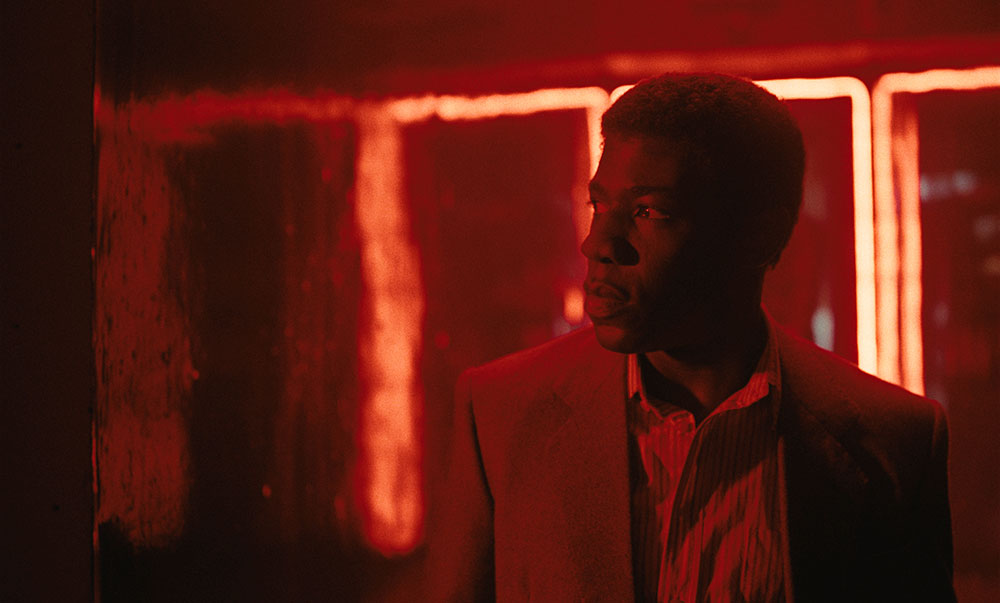
Meanwhile, the tracker can be used alongside Texture Equaliser. Texture Highlights are used to reduce gamut clipping artefacts in HDR to result in smoother specular highlights in HDR, producing a better look for highlights generally.
Between Realism and Nostalgia
The series is set across multiple locations, from domestic environments, apartments, offices, police stations, clubs, undergrounds and subway-based homeless villages. Between them, Benedicte Spence, Lucy Forbes and Toby had a clear vision of creating the harsh reality of New York in the 1980s.
Among the selection of reference images and stills they used for inspiration, Toby especially referred to a shot of a subway train with balloons, which encapsulated the feeling of ‘Eric’ for him. “It was a photo from the eighties, taken inside the New York subway. It conveyed the toughness of New York then and struck a balance between something that felt OF the time, but didn’t feel like it was captured AT the time,” he said.
“Because technological developments have moved on so much since the ‘80s, we wanted the series to have the impression of this decade without making it look either outdated or historical. In other words, we wanted the ‘80s atmosphere, while still letting it feel modern. To achieve this, we needed the lighting and camerawork of a modern TV show and to allow the colour to bring the feel of the past.”
Pushing the Colours
Describing the techniques he uses to make a show visually interesting, Benedict talked about pushing the distinctive colours found at the different locations and for each character. “It has to be a believable space,” he said. “For example, we applied a tungsten wash to the family’s New York apartment, so it feels warm with lots of browns and oranges, and also expressed that feeling through the lighting and depth, which we carry through to the grade.
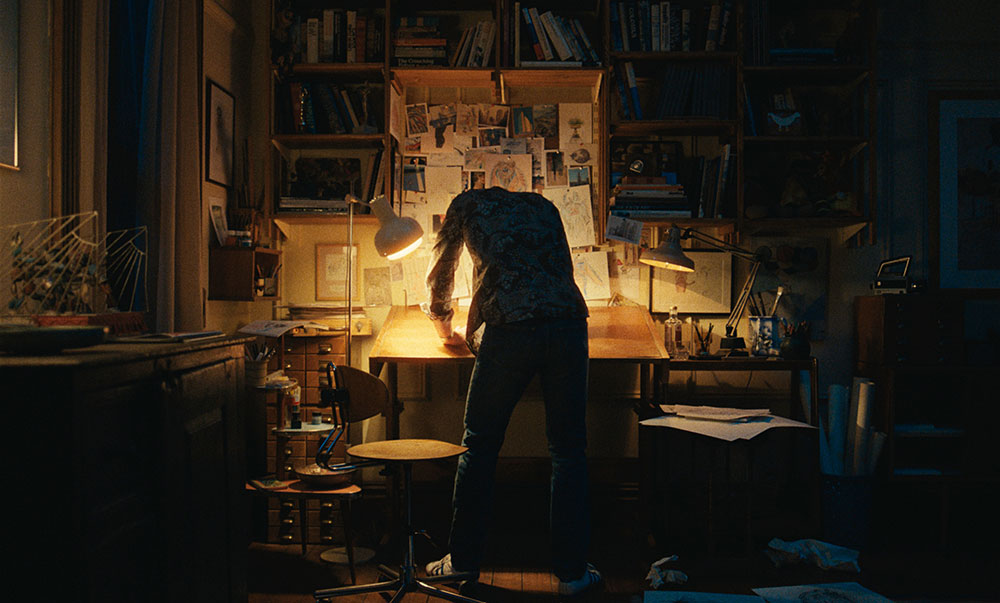
“In the police station we find lots of overhead fluorescents, which are much greener and cooler. Then we move into the giant apartment, with its great high ceilings, of the main character’s father, Robert Anderson, who is a multimillionaire property developer. We researched this type of building and discovered that energy saving light bulbs had just been invented, so we recreated that look for this cold location and character, giving it a harsh daylight green spike, which supported the narrative well.”
All of these looks then went to the grading suite, where Toby would develop and finesse the looks further – adding depth and contrast, and increasing the contrast between colours. Toby and Benedict worked alongside the team to capture the look on episode one, and from there they were left to work on the rest of the grade independently.
Authentic
“I was mainly pushing Benedict’s work further forward,” Toby said. “There wasn't anything we radically changed in the grade, it was just about leaning into the look and adding a little bit of extra colour separation here and there. I’d look at what Benedict had done and what the scene had and find the sweet spot – finding the authentic beauty of what was captured.”
Eric is the first project Toby has graded on Baselight. “It was a steep learning curve, but once I adapted to the FilmLight way of thinking, it really started to flow,” he said. “For instance, I loved using the software’s Base Grade for my overall primary balance and Texture Highlight was fantastic.”
Because Base Grade uses algorithms modelled on human visual perception, not video signals or film stock as a foundation, its dynamic range is not defined by technical formats, like Rec.709 or log coding. Using Base Grade requires precise colour set-up in the scene settings and correctly tagged footage, but Baselight usually automates this process.
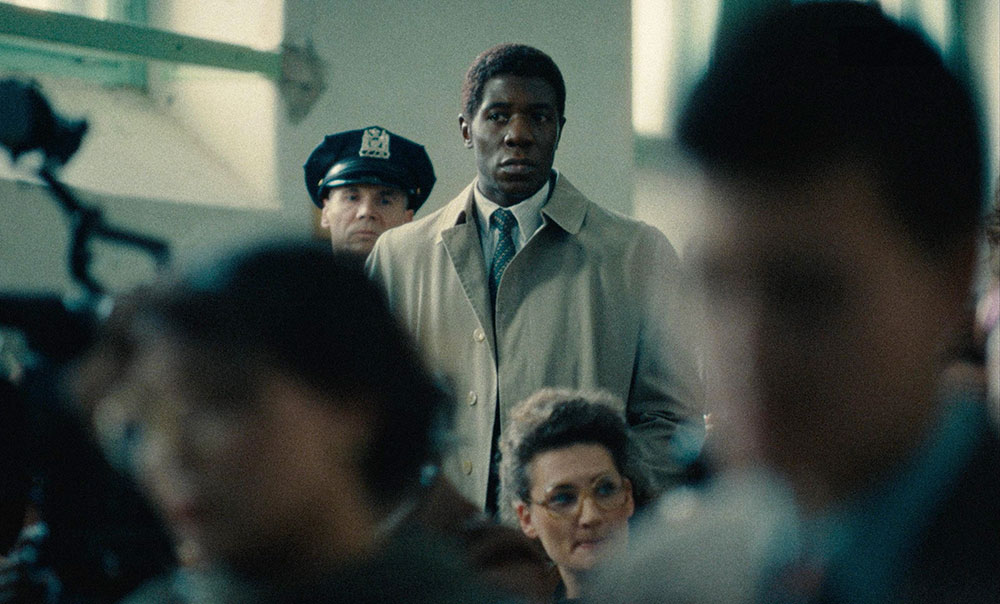
Base Grade then converts the image into a linear colour space where the original brightness ratios of the scene are restored, similar to linear compositing. Four parameters affect the whole image – Flare, Balance, Contrast and Saturation.
Consistency and Trust
Toby said, “As we had the consistency of the LUT throughout the shoot and the offline, it meant we were able to push things a little more in the DI to refine the storytelling, because we had already created a base. With a LUT, there is often less resistance from people that are more sensitive to change, as they've seen it in the edit for months. It worked well and gave us quite a smooth journey – I had a lot of trust and respect from the team.
At one point, a detailed discussion with the production team was needed about grain structure bu otherwise, throughout the shoot, everyone – executives, writers, showrunners and so on – appeared to appreciate their approach and was very willing to follow the same journey. www.filmlight.ltd.uk





